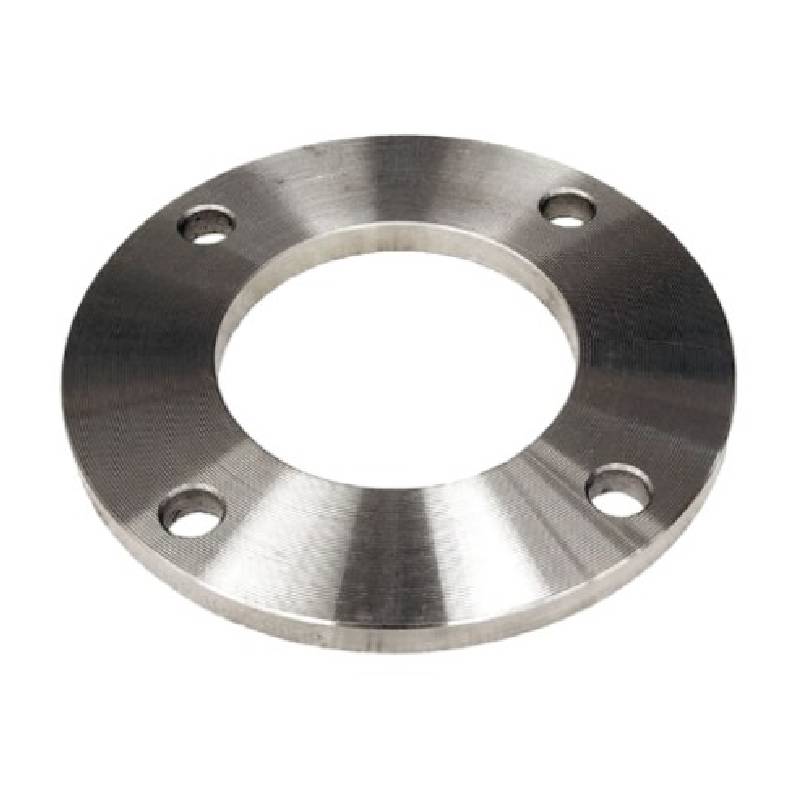-
Cangzhou Yulong Steel Co., Ltd.
-
Phone:
+86 13303177267 -
Email:
admin@ylsteelfittings.com

Dec . 16, 2024 05:09 Back to list
6g pipe welding
Understanding 6G Pipe Welding Techniques and Applications
Pipe welding is a critical skill in various industries, including oil and gas, manufacturing, and construction. Among the various welding positions, the 6G position is particularly significant due to its complexity and the versatility it demands. In this article, we will delve into the specifics of 6G pipe welding, exploring its techniques, applications, and the skills required for welders to master this challenging position.
What is 6G Pipe Welding?
The term 6G refers to a specific welding position that involves a pipe oriented at an angle of 45 degrees to the ground. In this position, the welder must manipulate their welding equipment to join the pipe segments in various positions, simulating real-world challenges, as pipes are often placed at different angles in industrial applications.
The 6 in 6G typically indicates that the pipe is in a fixed position rather than freely rotating, which adds to the complexity since welders must work from multiple angles. This position is considered one of the most challenging among the welding positions in the pipe welding field, requiring advanced skills, knowledge, and precision.
Techniques Involved in 6G Welding
1. Preparation Before any welding begins, it's crucial to prepare the pipe. This process includes cleaning the surfaces to be welded, ensuring they are free from rust, oil, or any contaminants that could compromise the weld integrity. Proper fit-up of the pipes is also essential to avoid issues during welding.
2. Welding Process 6G welding can utilize various techniques, including Gas Tungsten Arc Welding (GTAW), Shielded Metal Arc Welding (SMAW), and Submerged Arc Welding (SAW). Each method has its advantages. For instance, GTAW provides high-quality welds with low distortion, while SMAW is versatile and effective for thicker materials.
3. Welding Positions The welder will typically work from multiple positions - Overhead The top of the pipe, which requires special techniques to avoid slag inclusion and poor penetration. - Horizontal The side of the pipe, where the welder must focus on maintaining an even bead. - Vertical The welder must account for gravity, often using a weaving technique to ensure proper filling and coverage.
4. Inspection and Testing After welding, pipes must be subjected to various tests to ensure weld integrity. Common methods include visual inspection, ultrasonic testing, and radiographic testing. These evaluations help identify any potential flaws such as cracks or incomplete fusion.
Applications of 6G Pipe Welding
6g pipe welding

6G pipe welding finds applications in several critical industries
- Oil and Gas The oil and gas industry extensively uses 6G welding for pipelines that transport fluids under high pressure. The demand for secure and leak-proof welds in this sector makes 6G an essential skill for welders. - Construction In construction, 6G welding is used for structural supports and for joining larger diameter pipes, especially in high-rise buildings where structural integrity is paramount.
- Shipbuilding Welders in the maritime industry often work in 6G positions to weld pipes in confined spaces, ensuring that vessels can withstand the harsh marine environment.
Skills Required for 6G Welding
Mastering 6G pipe welding requires an array of skills
- Technical Knowledge Welders must understand welding codes, standards, and the properties of different materials.
- Coordination and Precision The ability to manipulate the welding equipment accurately while maintaining a steady hand is crucial for producing high-quality welds.
- Problem Solving Welders often encounter unexpected challenges, and the ability to adapt quickly is key to success.
Conclusion
In conclusion, 6G pipe welding is a highly specialized skill essential for various industrial applications. The complexity of this position tests a welder's capabilities and knowledge, ensuring that they produce high-quality, reliable welds. As industries continue to advance and evolve, the demand for proficient 6G welders is likely to grow, making it a valuable skill for both current and aspiring professionals in the welding field. Mastery of 6G pipe welding not only enhances a welder’s career prospects but also contributes significantly to the structural integrity and safety of critical infrastructure.
Latest news
-
ANSI 150P SS304 SO FLANGE
NewsFeb.14,2025
-
ASTM A333GR6 STEEL PIPE
NewsJan.20,2025
-
ANSI B16.5 WELDING NECK FLANGE
NewsJan.15,2026
-
ANSI B16.5 SLIP-ON FLANGE
NewsApr.19,2024
-
DIN86044 PLATE FLANGE
NewsApr.19,2024
-
DIN2527 BLIND FLANGE
NewsApr.12,2024
-
JIS B2311 Butt-Welding Fittings LR/SR 45°/90° /180°Seamless/Weld
NewsApr.23,2024
-
DIN2605-2617 Butt-Welding Fittings LR/SR 45°/90°/180° Seamless/Weld
NewsApr.23,2024











